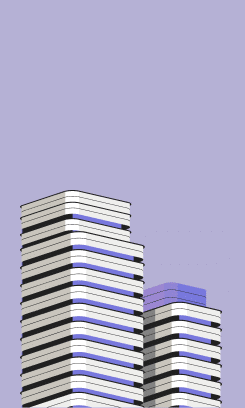Key Takeaways
It would be extremely surprising if you didn’t have some questions when looking at your first business insurance quotes. They’re extremely detailed and certainly not the easiest document to digest. Here’s a quick overview of the major items you should be looking at on your quote.
[Note: this article is mainly pertaining to errors and omissions, cyber liability, directors and officers, employment practices, and other more complex (but very necessary) coverages. We previously did an article more pertaining to basic General Liability business insurance that can be found here.]
1. Limits of Liability
Limits of liability are the heart of the quote. They’ll outline how much the insurance carrier is willing to pay out for any one claim (“occurrence”) and for the entire policy period (“aggregate” limit). If you’re buying insurance because of a contract requirement, these limits will be the core requirements of any contract that requires insurance. The first thing you should do when looking at a quote is verify that the limits match the contract terms.
There’s a direct correlation between premium paid and coverage limits, so be conscious of that when you need higher limits ($5M+). Also, note that when your company is still pre-revenue or generating revenue below the requested limits, coverage will actually be more expensive (most of the time). While this may seem counterintuitive, it makes sense for a couple of reasons. First, a company with bigger revenue numbers is usually more established and has a claims track record that the underwriter can analyze, making the company less of a gamble. Second, revenues matching policy limits will make the insurance policy less of a target for opportunistic lawyers.
Remember: insurance is an asset from an accounting perspective. When evaluating contract insurance requirements, ensuring your policy aligns with the specified limits is crucial to meeting contractual obligations and protecting your business interests effectively.
2. Retentions
Retentions are the insurance term for deductible. I know it’s confusing that they have another for deductible, but we are here to simplify it for you! This is the amount you have to pay out of pocket per each claim made on the policy. For a quick retention insurance example, if you have a $100,000 claim and the policy has $10,000 deductible, you’ll pay $10,000 and the insurance company will pay the other $90,000. Higher retentions will reduce the premium paid, but the relationship is nowhere near linear. You’ll likely only save a few hundred dollars for a several thousand dollar bump up in retention, so it’s usually not worth the bump.
3. Admitted vs. Non-Admitted Carrier & Rating
Another thing to look for whether or not the carrier is “Admitted” or “Non-Admitted” along with the carrier’s A.M. Best rating. The rating system is similar to the standard letter grade with ratings ranging from A++ down to F. The higher, the better, although anything above an A- is what you should look for.
An admitted carrier is one that is admitted by the state insurance department to underwrite insurance policies. Once admitted, the carrier has to comply with certain state regulations in exchange for state backing if unable to satisfy claims with its own resources. You can sort of think of admitted carriers as FDIC member banks. If your policy is placed with an admitted carrier and you feel like they didn’t handle your claim properly, you can appeal to the state for relief.
Realistically the rating usually matters more than admitted status, but sometimes contracts will require coverage to come from admitted carriers. Keep it in mind as another item to review.
4. Payment
Payment varies between direct billing (from the insurance company) and agency billing (from the insurance broker). Certain General Liability insurance companies actually have online portals that give you access to everything you need…certificates of insurance, electronic billing/payment, etc. These GL carriers are usually direct bill. Sometimes these carriers will offer payment plans for the direct bill policies.
To effectively handle risks associated with E&O, Cyber, D&O, and EPLI policies, most transactions are agency-billed. This implies that full payment through wire or check is required upfront to activate the policy. Recognizing the challenges this may pose for financially constrained startups, we present a convenient alternative – the option to settle payments via credit card. This ensures a smoother process for managing risks while accommodating diverse financial circumstances.
Insurance Rebuilt, End-to-End












